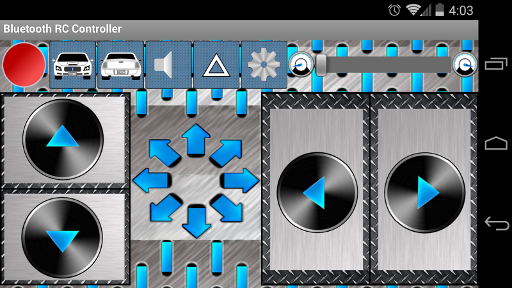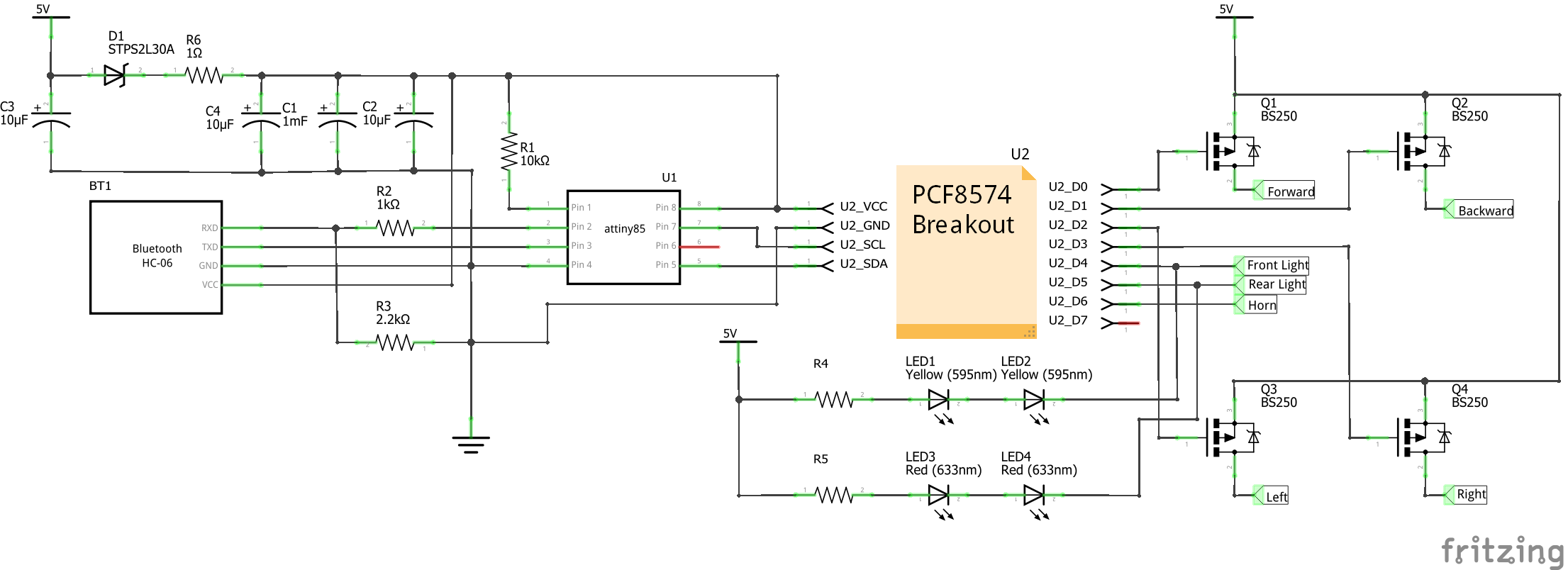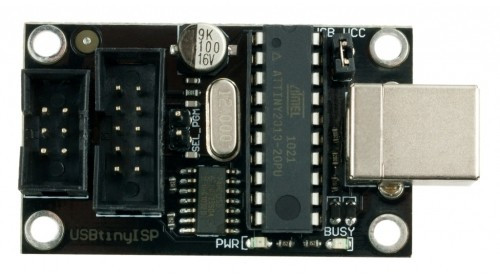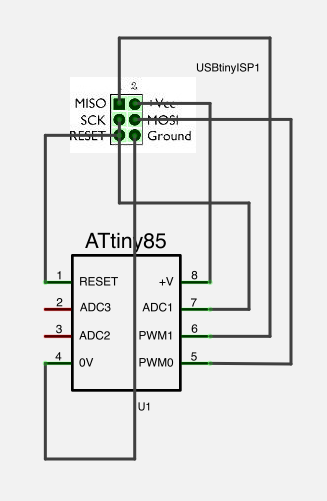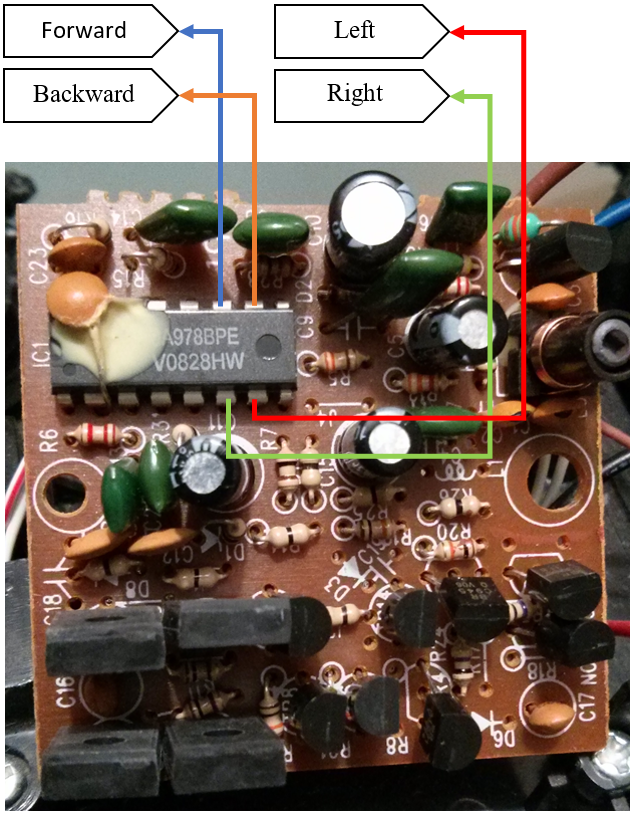BlueRCCar is a Bluetooth RC Car driver controller solution replacing standard radio RC Car equipped with HT8A978 radio receiver, by a Bluetooth 3.0 interface. The addition of Bluetooth on the RC Car makes it compatible with most of the Smart Phones on the market (in 2017).
The BlueRCCar system has been mounted on a Nikko Lazer 3.
The system makes the RC Car addressable via Bluetooth through an SPP (Serial Port Profile) profile using a really simplistic bidirectional protocol.
The protocol is composed of Ascii commands that have the following meaning:
| Command | Value | Command | Value | |
|---|---|---|---|---|
| Forward | F | Extra ON | X | |
| Backward | B | Extra OFF | x | |
| Left | L | Speed 0 | 0 | |
| Right | R | Speed 10 | 1 | |
| Forward Left | G | Speed 20 | 2 | |
| Forward Right | I | Speed 30 | 3 | |
| Backward Left | H | Speed 40 | 4 | |
| Backward Right | J | Speed 50 | 5 | |
| Stop | S | Speed 60 | 6 | |
| Front Lights ON | W | Speed 70 | 7 | |
| Front Lights OFF | w | Speed 80 | 8 | |
| Rear Lights ON | U | Speed 90 | 9 | |
| Rear Lights OFF | u | Speed 100 | q | |
| Horn ON | V | Stop All | D | |
| Horn OFF | v |
The supported protocol is compatible with an existing Android application called Arduino Bluetooth RC Car developed by 'Andi.Co'. It is a free application and working on Android 2.3.3 and above.
The RC Car electronic already in place is composed of two main parts, the RF Receiver that translate RF Commands into electric commands, and the motor commands through an H-Bridge. The system is replacing the Radio Receiver, by translating Bluetooth commands into electric commands. The system is composed of three parts, the Bluetooth receiver with a USART bus, the ATtiny 85 that translates the commands and drive the last element, the GPIO Expander onto an I2C Bus.
The ATtiny 85 is a really cool Micro Controller that have 8 KB of Flash and 512 B of RAM to run any kind of C or C++ software. This gives some space to run a simple software and for this reason some optimization are required. The project has been developed in C++ (C++11) in order to reuse and give more flexibility in case of development of new features. It is required to use the VisualMicro extension for Visual Studio 2015 in order to build the project.
Before starting some tools are required :
- Arduino IDE
- Visual Studio 2015 or 2017 Community Edition (and other flavors)
- VisualMicro a Visual Studio plugin for Arduino development
- USBTinyISP programmer
Install Visual Studio 2015 or 2017, and make sure to select the support for C++ (Visual C++) during installation.
Install the Arduino IDE application, and launch the application. You first need to add the support of the ATtiny family as by default only Arduino based platforms are supported. From the File menu, select the Preferences submenu, and then find the “Additional Boards Manager URLs” field near the bottom of the dialog. Add the following url: https://raw.githubusercontent.com/damellis/attiny/ide-1.6.x-boards-manager/package_damellis_attiny_index.json You can then validate and close the preferences dialog box. Then from the Tools menu you have to :
- Select the Board entry and choose Board Manager to add ATtiny board support.
- Select ATtiny as Board
- Select ATtiny85 as Processor
- Select 16MHz (Internal) as Clock or 8MHz (Internal) as Clock
- Select USBtinyISP as Programmer
The project depends on the following libraries:
- SoftwareSerial by Peter Lerup revision 1.0.0
- TinywireM by Adafruit
In oder to be able to build the software all the dependencies need to be installed as following from Arduino IDE application :
- From the Sketch menu select the Include Library
- Select Manage Libaries ... from the list
- Search the library name using the search area
- Install it using the install button.
Close the Arduino IDE application and install the Visual Micro plugin for Visual Studio. Launch Visual Studio and open the BlinkyBike.sln from the project folders. On first usage of Visual Micro, you have to configure the various parameters of the plugin.
- Select the version of the IDE you select
- Enter the path to the tool installation folder
Then validate the configuration window and access the Visual Studio IDE. From vMicro menu:
- Select ATtiny w/ ATtiny85 as Board
- Select Internal 16MHz or Internal 8MHz as Option2 (based on the Fuse configuration applied under Arduino IDE
- Select USBtinyISP as Programmer
The development environment is now ready for building and flashing.
The source code compiles in Visual Studio 2015 using the VisualMicro plugin and Arduino IDE (cf Tools chapter for installation details). To compile the project you have to :
- Open the BlueRCCar\BlueRCCar.sln solution file
- From Visual Studio, select Build menu and choose Configuration Manager entry
- From the Configuration Manager window, select Release in the Active solution configuration drop box
- Click on the Close button to close the Configuration Manager window
- From Build menu select Build Solution entry
- Wait few seconds (usually less than 30 seconds)
- Ensure that the last output from the Output window is : Program size: 5,476 bytes (used 67% of a 8,192 byte maximum) (17.83 secs) (values may vary)
Then you are ready to program your ATtiny 85.
The ATtiny 85 micro controller can be programmed using the USBTinyISP programmer. The programmer is visible through a serial com port. You need to identify the associate port index (using Windows Device Manager) in order configure the Visual Micro plugin.
You need to wire the programmer as following:
- Initial release of the Firmware and Hardware
- Supported features
- Forward, Backward, Left Right
- Untested features
- Light

